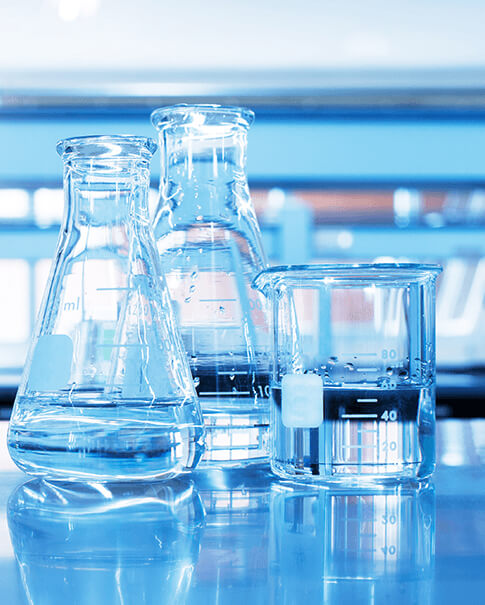BẠN ĐANG TÌM KIẾM CÁI GÌ?

Sự khác biệt giữa polyacrylamide ở các trạng thái ion khác nhau là gì?
Nov 25, 2024Polyacrylamide (PAM) là một loại polymer thường được sử dụng trong các ứng dụng công nghiệp và môi trường khác nhau. Nó có thể tồn tại ở các trạng thái ion khác nhau dựa trên loại ion liên kết với xương sống polymer. Hai dạng polyacrylamide chính dựa trên điện tích ion là polyacrylamide anion (APAM) và polyacrylamide cation (CPAM). Dưới đây là những khác biệt chính giữa hai:
1. Điện tích ion:
- APAM: Polyacrylamit anion mang điện tích âm trên khung polymer của nó do sự có mặt của các nhóm chức anion, chẳng hạn như nhóm carboxylate (-COO-) hoặc sulfonate (-SO3-). Các nhóm này phân ly trong nước, tạo thành chuỗi polymer tích điện âm.
- CPAM: Cationic polyacrylamide có điện tích dương trên khung polymer của nó do sự có mặt của các nhóm chức cation, chẳng hạn như nhóm amino (-NH2) hoặc nhóm amoni bậc bốn (-N+(CH3)3). Các nhóm này phân ly trong nước, tạo thành chuỗi polymer tích điện dương.
2. Ứng dụng:
- APAM: Polyacrylamide anion được sử dụng chủ yếu trong các ứng dụng đòi hỏi phải keo tụ, làm trong và lắng các hạt tích điện âm hoặc chất rắn lơ lửng. Nó thường được sử dụng trong các ứng dụng xử lý nước thải, khử nước bùn, khai thác mỏ và mỏ dầu.
- CPAM: Cationic polyacrylamide được sử dụng khi cần thiết phải tạo bông và tách chất rắn-lỏng các hạt tích điện dương hoặc chất rắn lơ lửng. Nó thường được sử dụng trong các ngành công nghiệp như sản xuất giấy, dệt may, xử lý nước và làm chất hỗ trợ lưu giữ trong sản xuất giấy.
3. Cơ chế keo tụ:
- APAM: Polyacrylamide anion tương tác với các hạt hoặc chất keo tích điện âm trong huyền phù thông qua lực hút tĩnh điện. Các điện tích âm trên chuỗi polymer APAM thu hút và trung hòa các hạt, dẫn đến sự hình thành các khối lớn hơn và hỗ trợ quá trình lắng hoặc loại bỏ chúng.
- CPAM: Cationic polyacrylamide tương tác với các hạt hoặc chất keo tích điện dương trong huyền phù thông qua lực hút tĩnh điện. Các điện tích dương trên chuỗi polymer CPAM thu hút và trung hòa các hạt, dẫn đến sự hình thành các khối lớn hơn và tạo điều kiện thuận lợi cho việc lắng hoặc tách chúng.
4. Hiệu quả trong các phạm vi pH khác nhau:
- APAM: Polyacrylamide anion có hiệu quả hơn trong phạm vi pH trung tính đến kiềm (pH 6-10), trong đó điện tích âm trên polymer vẫn ổn định.
- CPAM: Cationic polyacrylamide hoạt động hiệu quả hơn trong phạm vi pH axit đến trung tính (pH 4-8), trong đó điện tích dương trên polyme vẫn ổn định.
Điều quan trọng cần lưu ý là cũng có những polyacrylamide không ion không mang điện tích ion. Những PAM không chứa ion này thường được sử dụng cho các ứng dụng như bôi trơn, giảm ma sát và tăng cường khả năng phục hồi.
THẺ :